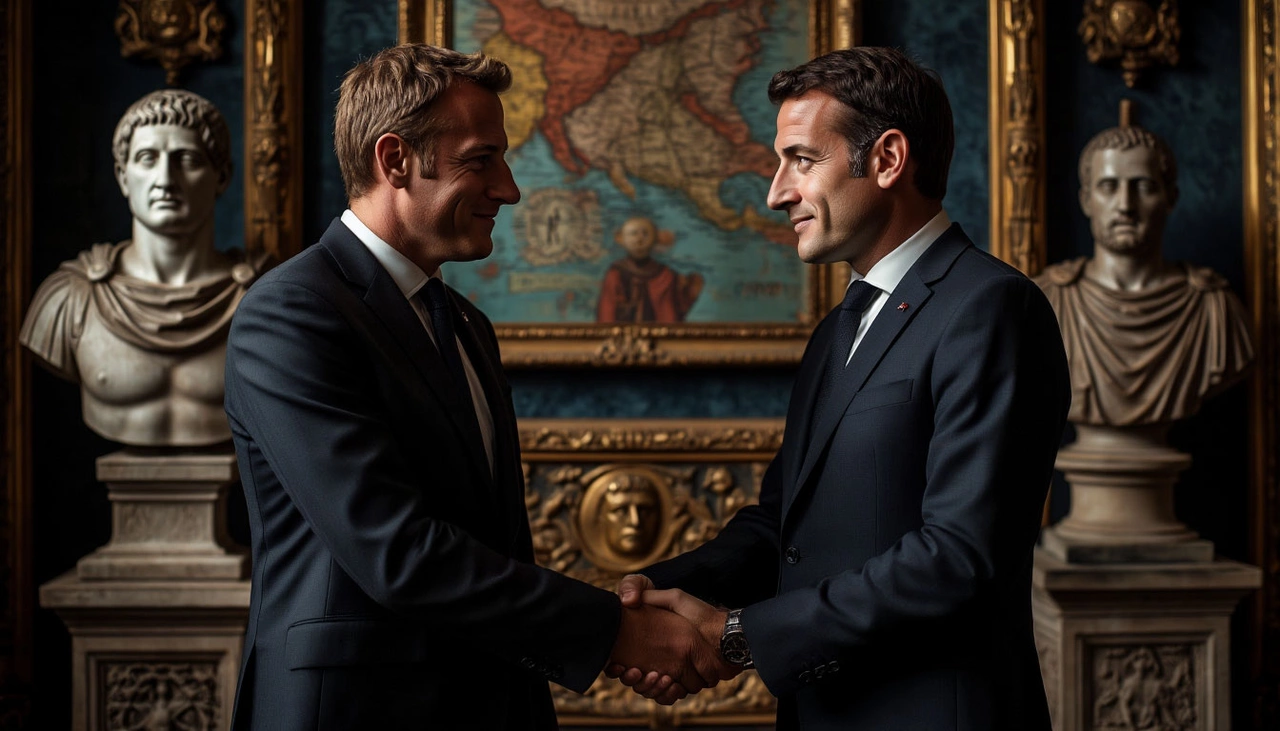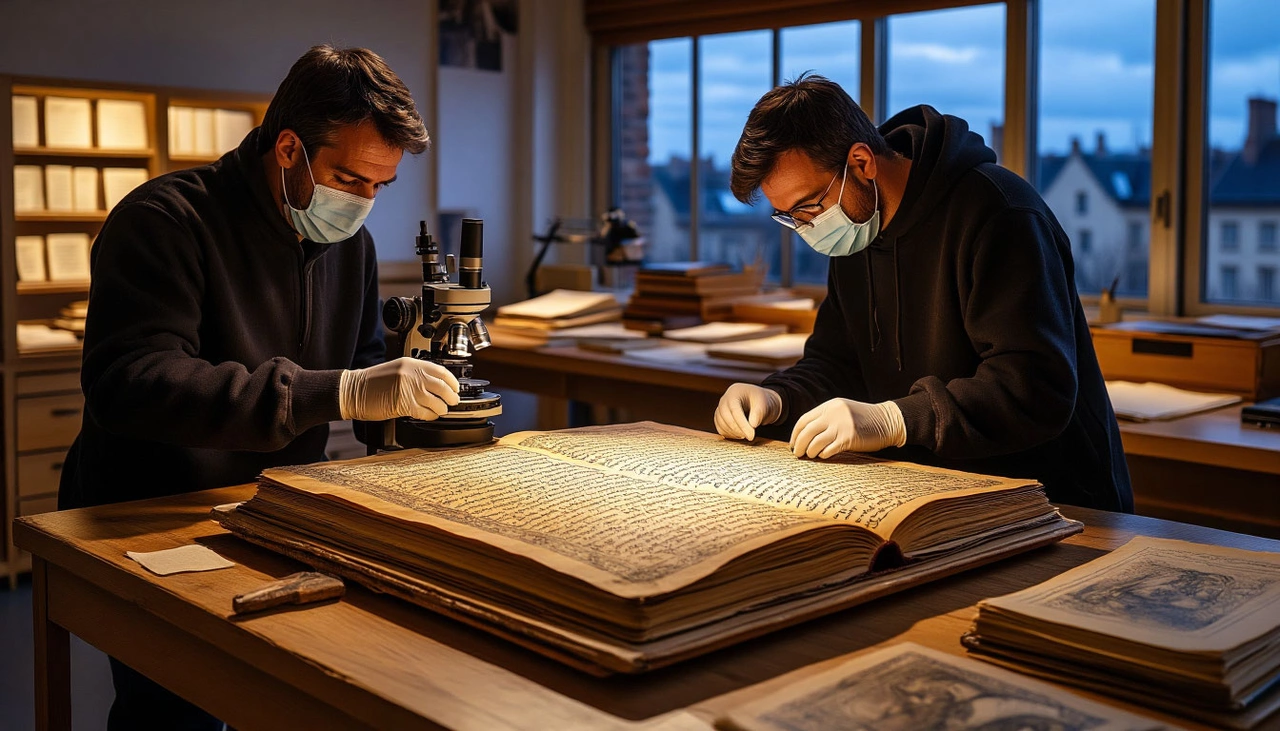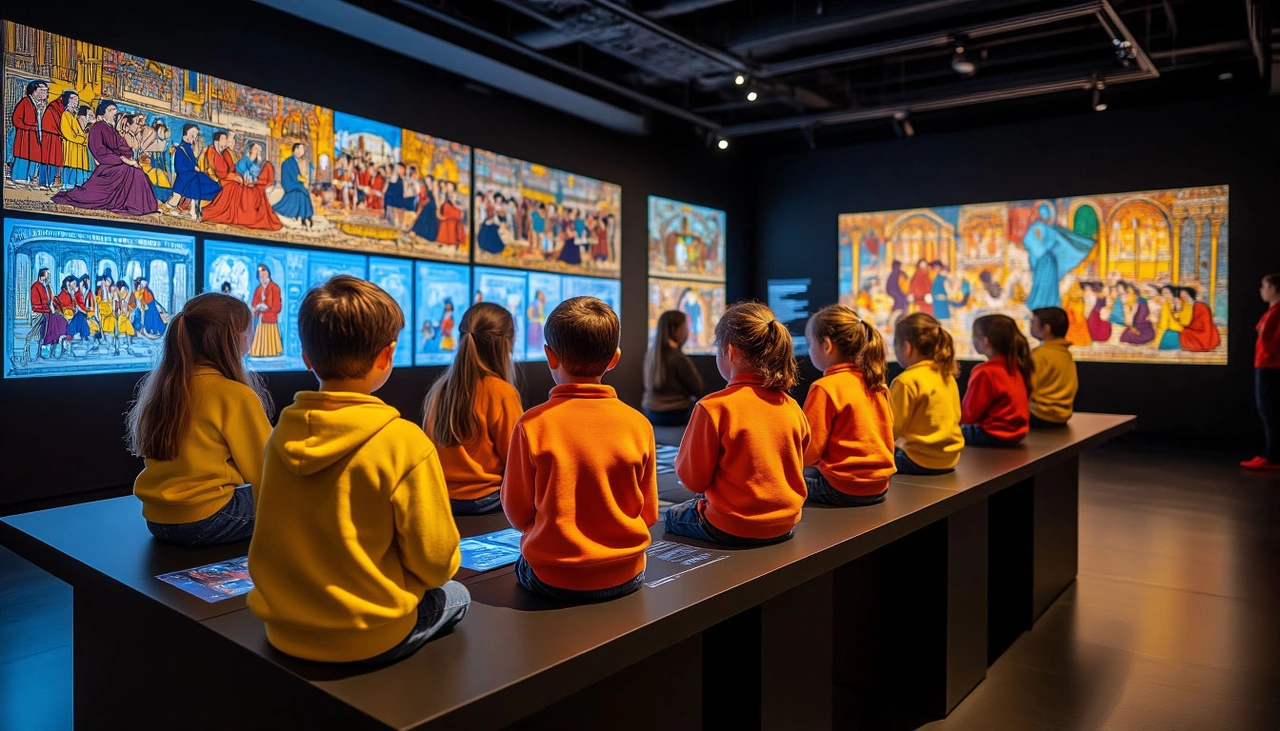🧵 The Bayeux Tapestry Is Coming Home — After 900 Years! 🇬🇧🇫🇷
After nearly a millennium, one of Europe’s most treasured artifacts will cross the English Channel. The legendary Bayeux Tapestry — a 230-foot embroidered panorama chronicling the Norman conquest of England — is set to go on display in the UK for the first time in over 900 years. In August 2026, it will be exhibited at the British Museum in London, marking a historic cultural moment between France and the United Kingdom.
This landmark loan, agreed upon by British Prime Minister Sir Keir Starmer and French President Emmanuel Macron, is more than a diplomatic gesture — it's a symbolic act of unity. In exchange, the British Museum will loan key treasures from its own collection to Normandy, including items from the famed Sutton Hoo ship burial and several pieces from the 12th-century Lewis Chessmen.

📜 A Masterpiece of Storytelling Through Thread
The Bayeux Tapestry is not just an artwork — it’s a historical narrative stitched in wool. Created in the late 11th century, it vividly illustrates the events leading up to the Norman invasion of England in 1066 and culminates in the fateful Battle of Hastings. Across its 58 scenes are 626 human figures, 202 horses, 55 dogs, and countless other details, all rendered in Romanesque style with astonishing precision.
With its sheer scale and masterful storytelling, the tapestry has been praised not just as a document of history, but as one of the most significant artistic achievements of the medieval world. It has inspired generations of artists, including contemporary figures like Britta Marakatt-Labba, whose tapestry Historjá chronicles the history of the Sámi people in similar stitched format.

🕰️ A Long Journey to London — With Decades of Delays
The journey to bring the tapestry to Britain has been years in the making. President Macron first proposed the idea in 2018, viewing it as a gesture of solidarity during post-Brexit tensions. At the time, the plan was to loan the piece for a 2022 exhibition. But logistical hurdles soon emerged. In 2021, conservation experts deemed the tapestry too fragile to travel, stalling plans indefinitely.
The following year, hopes were briefly revived when the Victoria & Albert Museum initiated scholarly studies exploring how the artifact could safely be displayed. However, news quickly went quiet, and the project appeared dormant — until now.
The renewed agreement between Starmer and Macron confirms what many had hoped for years: the Bayeux Tapestry’s UK debut is no longer a dream, but a reality.

🤝 More Than an Exhibition — A Diplomatic Statement
This exhibition arrives at a poignant moment for UK-France relations. While the Bayeux Tapestry is ancient, its symbolism is very much alive. Macron’s message, though not directly referencing the artifact, reflected this sentiment clearly: “The United Kingdom is a strategic partner, an ally, a friend. Our bond is longstanding, forged by History and strengthened by trust.”
The British Museum’s director, Nicholas Cullinan, echoed the importance of cultural diplomacy, stating, “This is exactly the kind of international partnership we aim to champion—sharing the best of our collection and, in return, bringing the world’s wonders to London for global audiences.”
The museum anticipates record-breaking attendance when the tapestry goes on display, not only because of its rarity but also because it will be the first time many visitors will experience it outside of France.

🧩 A Rediscovered Piece Adds to the Excitement
In an exciting twist, earlier this year a lost fragment of the Bayeux Tapestry surfaced in a German archive. This newly found section, believed to have been separated from the main tapestry centuries ago, will make its way back to France later this year. Scholars are hopeful it could one day be reunited — even temporarily — with the main piece for international exhibitions, further enriching public understanding of the tapestry’s full narrative.

✨ What Awaits in 2026
When the Bayeux Tapestry finally arrives in London, it will be more than just a major cultural event — it will be the reunion of artifact and audience after nearly 1,000 years apart. The exhibition is expected to feature extensive educational programming, interactive digital displays, and discussions around historical interpretation and conservation.
Visitors will not only witness an iconic depiction of conquest, kingship, and medieval politics but also be invited to reflect on the deeper connections between nations — and how art, even after centuries, continues to stitch people together.

Close